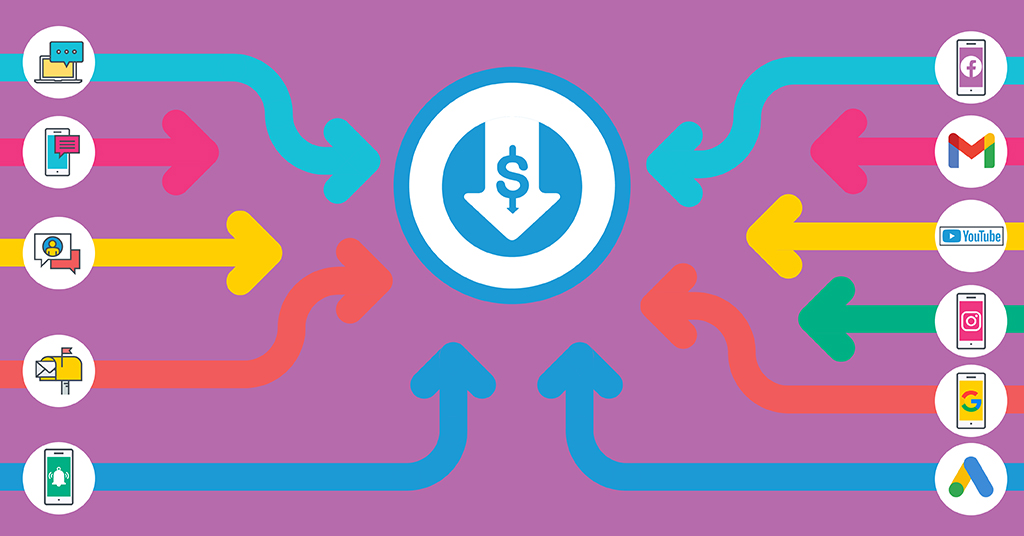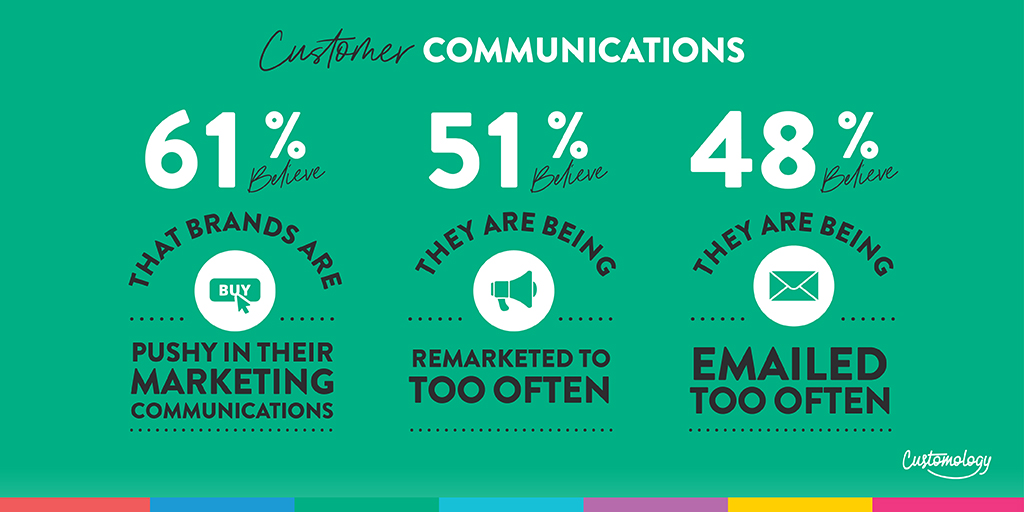19 Jan 5 ways to improve your marketing communications with less budget

Hello 2021, good riddance 2020!
If only it were that simple.
The reality is that much will remain the same – market uncertainty, continuous changes in customer behaviour, highly competitive marketplaces (that are becoming even more agile and versatile) and importantly, not knowing what’s around the corner. As I write this, Brisbane is not long out of a 3-day lockdown, other states are also experiencing fluctuating restrictions.
Another thing that won’t be changing is the expectation of marketing teams. The expectation to deliver the highest ROI for every dollar spent. Marketing budgets are being cut, forcing marketers to really ensure they’re getting the biggest bang for their buck. Which brings me to marketing communications. Marketers spend abundant amounts of budget each year on predictable generic campaigns which mostly have little impact, they often fail to look at the broader picture to determine just how successful the campaign could have been.
Some research we conducted last year unveiled the top three customer irritations about the marketing communications they receive from brands:
- They are non-stop
- They contain the same information
- Apart from my name, the content is not personalised
Check out these other stats from our research regarding communications:

A smaller budget forces savvy marketers to get back to their roots and really drive innovative ways to target their customers and genuinely continue the conversation. So how do you get a higher return with less budget? Here are five tips for you to consider:
1. Audit your customer data and learn from the behaviour of your customers
First and foremost you need to ensure that your data is accurate and up-to-date. You may be wasting money sending comms to old contact details. Or sending the same comms multiple times to the same customer. Data cleansing is hugely important to ensure your customer information is correct. Investigate your customer engagement, if you are sending SMS, emails etc. to your customers but they are not even opening it, let alone engaging or purchasing then you are wasting your money. Stop trying to communicate with them through that channel and try an alternative.
2. Find the most effective channels for your brand
There are so many channels available to help us begin or continue a conversation with our customers; personal, impersonal, interactive, some which are earned, some which are bought – there really is a lot to consider. I think it’s fair to say that in today’s market you need to be active across multiple channels to keep up with customer behaviour. We as humans all respond in different ways, there’s no one size fits all when it comes to the way you communicate with your customers. Customers are on the move, and whilst email may be the cheapest channel, it certainly doesn’t make it the most effective channel (in fact, our research revealed that 48% of customers believe they are being emailed too often!). It’s important to be present where your customers are.
3. Consider the customer journey
How often have you made a purchase from a brand, yet continue to get bombarded with emails, social media advertisements? Too many brands continue to target every customer exactly the same. They fail to recognise the customer’s behaviour and the impact that has on the customer journey, specifically we’d like to mention the path-to-repurchase journey. It’s irritating when you’ve just made a purchase, yet continue to be hounded. With all the data and technology available today, this should no longer be happening. Brands should be repressing the types of comms/adverts certain customers are receiving/seeing, instead, targeting them with something relevant which will help to influence the customer’s next behaviour. We share several examples of this in our report ‘The Unspoken Customer’.
4. Assess your Acquisition vs. retention budgets
This is where the biggest opportunities get lost. Many marketers focus on getting more customers through the door – the quick wins. They forget about their loyal customers, who more often than not receive the same marketing communications as a brand new customer. This is just so wrong. We were astounded to learn that 77% of customers believe new customers receive better incentives than loyal ones. Dedicate a separate budget to retention, show your loyal customers some love through your marketing communications – to ensure they keep coming back.
5. Make it easy for the customer
This sounds simple, yet you’d be surprised how many brands put what’s best for the brand ahead of what’s best for the customer. Customers are time poor, they don’t have time (can’t be bothered) with anything that takes longer than it should. Take a step back and really think like a customer. Send yourself multiple tests of any type of marketing communications you plan to send to your customers – determine if you’ve made it as easy as possible for your customers to take action.
Over the coming weeks, we will be sharing an article about PURLS (personalised URLs), whilst these have multiple benefits, a couple of the most important is the ability to make life for your customers that little bit easier and deliver an enhanced personalised experience. Keep your eyes peeled.
In the meantime, if you would like to have a chat with one of our Customologists about your marketing communications and how to ensure the greatest return, we’d love to help. You can reach us on 1300 264 549 or hi@customology.com.au.
|
Listen to...
|


